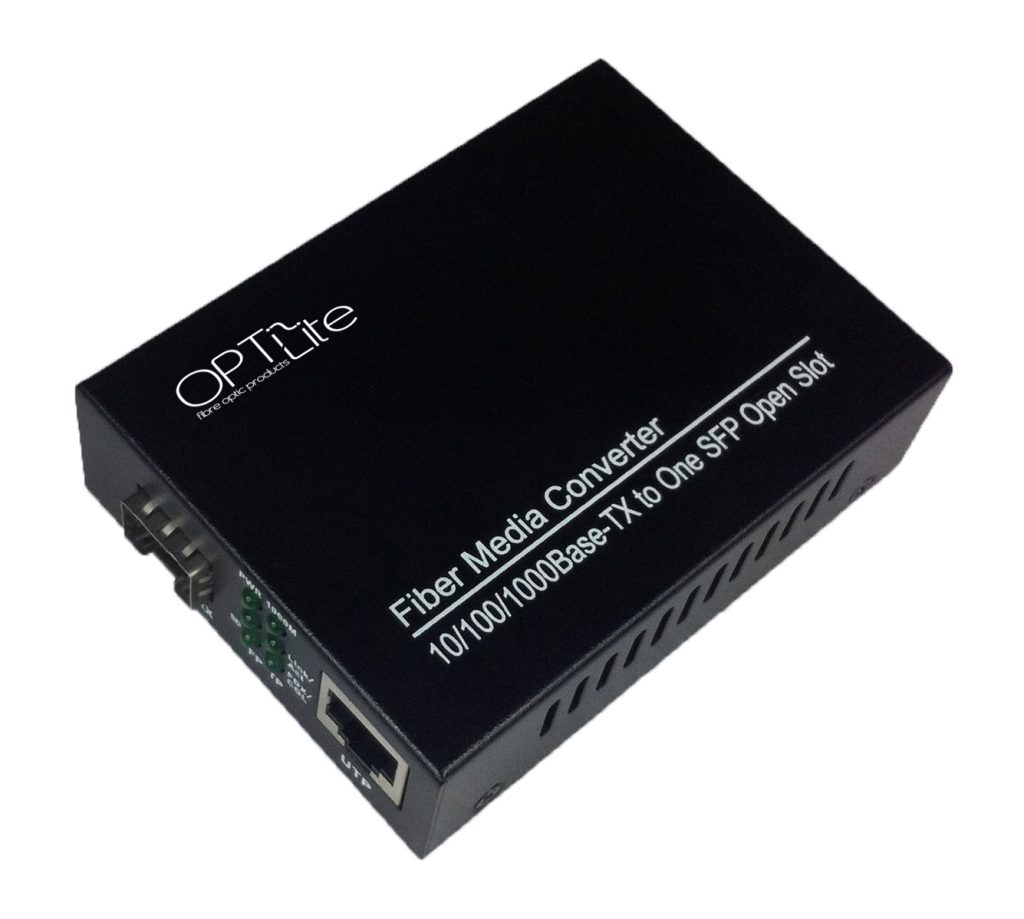Active networking is a communication pattern that allows packets flowing through a telecommunications network to dynamically modify the operation of the network. Active network architecture is composed of execution environments, a node operating system capable of supporting one or more execution environments. An active network contains at least one voltage source or current source that can supply energy to the network indefinitely. A passive network does not contain an active source. An active network contains one or more sources of electromotive force. Practical examples of such sources include a battery or a generator.
What is Active Network Model?
– Active network model is a communication model in which packets flowing through a network can – dynamically change or modify the operation of the network.
– The packets used are known as active packets.
– Active networking places computation within packets traveling through the network.
What does it offer?
Active networking allows the possibility of highly tailored and rapid “real-time” changes to the underlying network operation. This enables such ideas as sending code along with packets of information allowing the data to change its form (code) to match the channel characteristics. The smallest program that can generate a sequence of data can be found in the definition of Kolmogorov complexity. The use of real-time genetic algorithms within the network to compose network services is also enabled by active networking.



